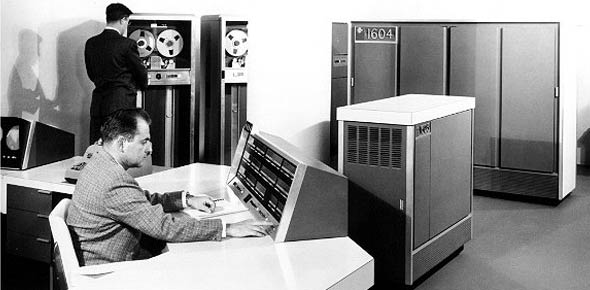When may you update Aviation Resource Management System (ARMS) without...
On the flying history report (FHR) which flight time is not included...
Who will not be assigned to airborne duty on the same aircraft for the...
Completion of the undergraduate flying training qualifies an officer
In the Aircraft Assignment window in Aviation Resource Management...
What must maintenance personnel do in order to provide mission capable...
To properly document errors found on the Training Update Audit List
Which type of continuation training is required to complete the...
When posting flight information onto the status display board, make...
Which Q-level is given when an aircrew member demonstrates desired...
Which agency would you contact to safeguard the aircraft?
What must you do if you need to make changes to a training task...
As a minimum, the go/no-go system includes ensuring each member has a
Which subcategory of qualification training provides the training...
Which aircrew evaluation consists of a flight and ground phase?
When auditing the training profile master list, any task that is set...
Who must certify the AF IMT 1522, ARMS Additional Training...
After you are finished updating training accomplishments in Aviation...
You may prorate the following training tasks EXCEPT
Which scheduling plan includes aircrew names and aircraft tail...
Which base agency would you coordinate the daily post flight report...
Which format would you use in the Flight Date field when updating...
After entering flight data in Aviation Resource Management System...
What percentage of the annual sortie requirements are flight surgeons...
The aircraft designation F–15E is entered into Aviation Resource...
When updating training accomplishments in Aviation Resource Management...
To request a Training Update Audit List from Aviation Resource...
What must an aircrew member do when he or she finds an error on his or...
When adding a training program in Aviation Resource Management System...
Frequency refers to
The AF Form 8, Certificate of Aircrew Evaluation, is maintained...
Which characters of the flight authorization duty code is/are MAJCOM...
Crew rest includes at least how many hours of uninterrupted sleep?
What document contains a chronological history of a member's aircrew...
Which flight condition can only be logged by pilots?
You may use the Multiple Date window to update training...
Which Aviation Resource Management System (ARMS) training report...
Locally developed training requirements will have task IDs beginning...
What document is used to record and certify a member's aircrew...
As a ground scheduler, you must
The duty code assigned on the flight authorization
You must document each end of day building check using a
Who may log primary flight time?
When building a training profile in Aviation Resource Management...
To have an accurate database, how soon after entering flying hours...
The flight duty period ends when
All original AFTO Forms 781 must be provided to the Host Aviation...
When inprocessing an aircrew member at the Squadron Aviation Resource...
Which outprocessing procedure is not a responsibility of the Squadron...
When a member finds an error on his or her flying hour totals, you...
What is the first step in creating a training program in Aviation...
A supervisor of flying (SOF) is a commissioned officer
When deployed, all original flight documentation must
In order to make changes to an AFTO Form 781 that has already been...
When forecasting air refueling (AR) requirements, the requesting unit...
Flight authorization duty codes describe a member's
During manual operations at a deployed location, mail flight...
When you prorate a training profile, what happens to the tasks inside...
Who is responsible for completing the AF Form 4324 when assigning...
The AF IMT 3520, Aircrew/Mission Flight Data Extract, is certified by...
According to AFI 11–421, Aviation Resource Management System...
For which months may a member be prorated if the training cycle is...
You can tailor an individual training task for the purpose of the...
Which type of mission provides air interdiction (AI) and close air...
The aircrew qualification evaluation is due every
When performing a post-mission review, you must compare the flight...
Which publication would you use to find information on special-use...
Task IDs with duplicate double letters indicate
Your unit submits its yearly flying hour requirements to
When assigning dual-credit criteria in Aviation Resource Management...
To ensure accurate flying data is reported monthly, how often must you...
Which AFI requires the Squadron Aviation Resource Management (SARM)...
If a member's duty code on the flight authorization does not match the...
After you are finished assigning training profiles to an aircrew...
Who is responsible for completing the mission design series (MDS),...
When auditing the aircraft utilization report (AUR), you must
What does the status prefix symbol indicate?
When forecasting air refueling (AR) requirements, each scheduling...
Tanker support is not final until
The purpose of the AF IMT 3520, Aircrew/Mission Flight Data Extract,...
On the flying history report (FHR) which flight time is not included...
Procedures for establishing a flight crew information file (FCIF)...
Which volume of the flight crew information file (FCIF) library...
When building a quarterly plan, operational requirements are provided...
In the aircraft designation NKC135A, the letter "K" is known as the
Within how many working days upon receipt of the flying hour...
Where can you find a listing of Aviation Resource Management System...
When assigning training profiles, thoroughly check the AF Form 4324...
















